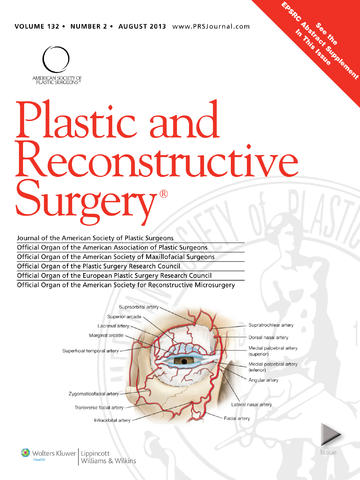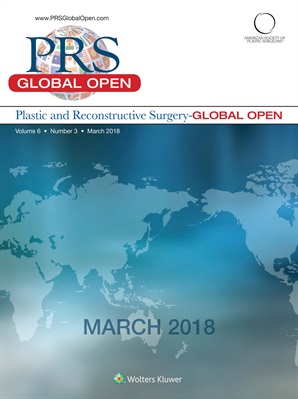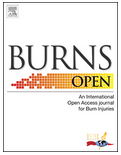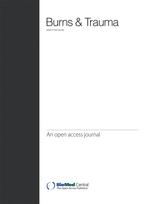Siotos, Ch. et als.
Plastic & Reconstructive Surgery: January 2019 – Volume 143 – Issue 1 – p 39–48
 Postoperative skin necrosis in surgical patients is costly to hospitals and health care providers. Tumescent dissection technique is commonly used in mastectomy and immediate breast reconstruction, as it helps reduce blood loss; however, it may increase the risk of mastectomy skin flap necrosis. In this context, the authors have conducted a systematic review of the literature to perform a meta-analysis of the relationship between tumescent technique in mastectomy with or without breast reconstruction and complication rates.
Postoperative skin necrosis in surgical patients is costly to hospitals and health care providers. Tumescent dissection technique is commonly used in mastectomy and immediate breast reconstruction, as it helps reduce blood loss; however, it may increase the risk of mastectomy skin flap necrosis. In this context, the authors have conducted a systematic review of the literature to perform a meta-analysis of the relationship between tumescent technique in mastectomy with or without breast reconstruction and complication rates.
 Recently, many studies have demonstrated pleotropic effects of vitamin D, including immune modulation and cardiovascular system activity. Sufficient vitamin D concentrations and supplementation of vitamin D may be of benefit in burn-injured patients. Low 25(OH)D has been observed in nearly all pediatric and most adult burn patients.
Recently, many studies have demonstrated pleotropic effects of vitamin D, including immune modulation and cardiovascular system activity. Sufficient vitamin D concentrations and supplementation of vitamin D may be of benefit in burn-injured patients. Low 25(OH)D has been observed in nearly all pediatric and most adult burn patients.


 Burns are a significant cause of trauma, and over the years, the focus of patient care has shifted from just survival to facilitation of improved functional outcomes. Typically, burn treatment, especially in the case of extensive burn injuries, involves surgical excision of injured skin and reconstruction of the burn injury with the aid of skin substitutes. Conventional skin substitutes do not contain all skin cell types and do not facilitate recapitulation of native skin physiology. Three-dimensional (3D) bioprinting for reconstruction of burn injuries involves layer-by-layer deposition of cells along with scaffolding materials over the injured areas. Skin bioprinting can be done either in situ or in vitro.
Burns are a significant cause of trauma, and over the years, the focus of patient care has shifted from just survival to facilitation of improved functional outcomes. Typically, burn treatment, especially in the case of extensive burn injuries, involves surgical excision of injured skin and reconstruction of the burn injury with the aid of skin substitutes. Conventional skin substitutes do not contain all skin cell types and do not facilitate recapitulation of native skin physiology. Three-dimensional (3D) bioprinting for reconstruction of burn injuries involves layer-by-layer deposition of cells along with scaffolding materials over the injured areas. Skin bioprinting can be done either in situ or in vitro.






 Sitio web publicado el
Sitio web publicado el
Los lectores comentan